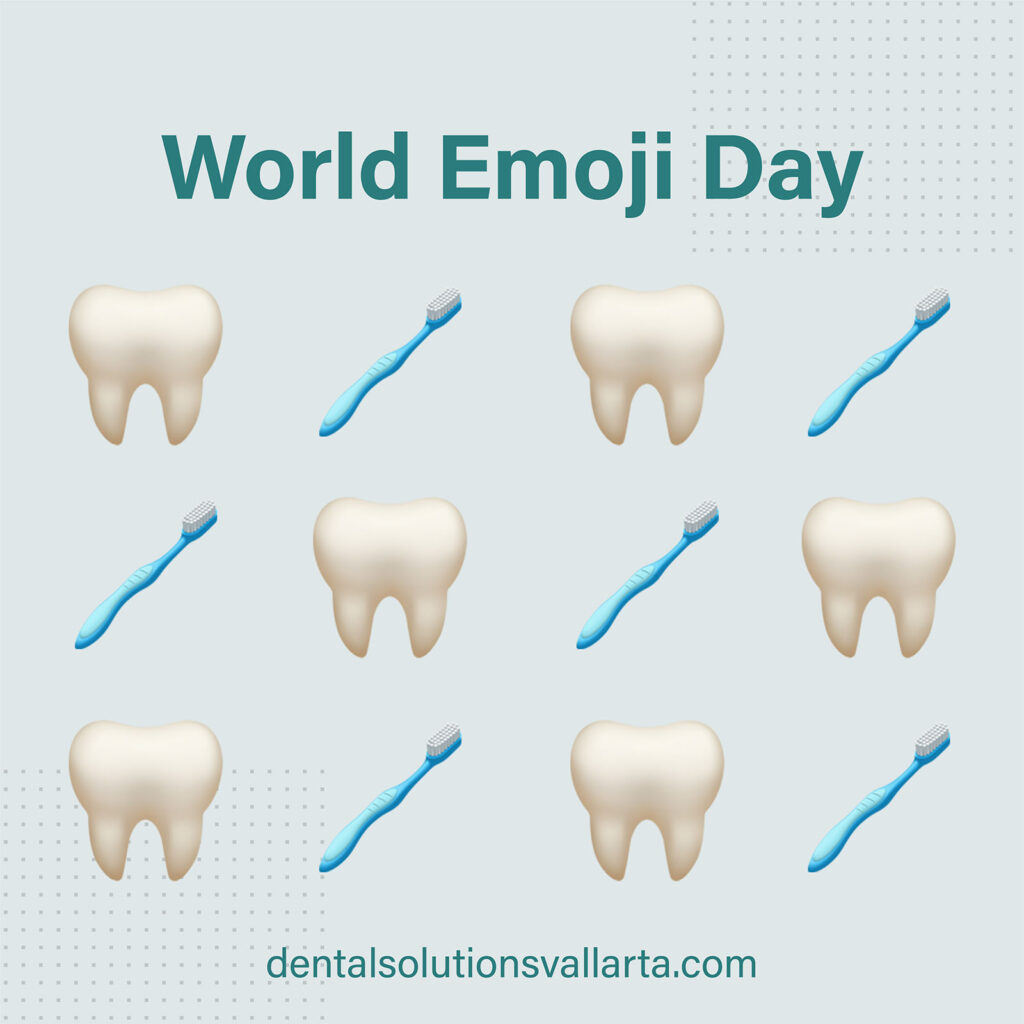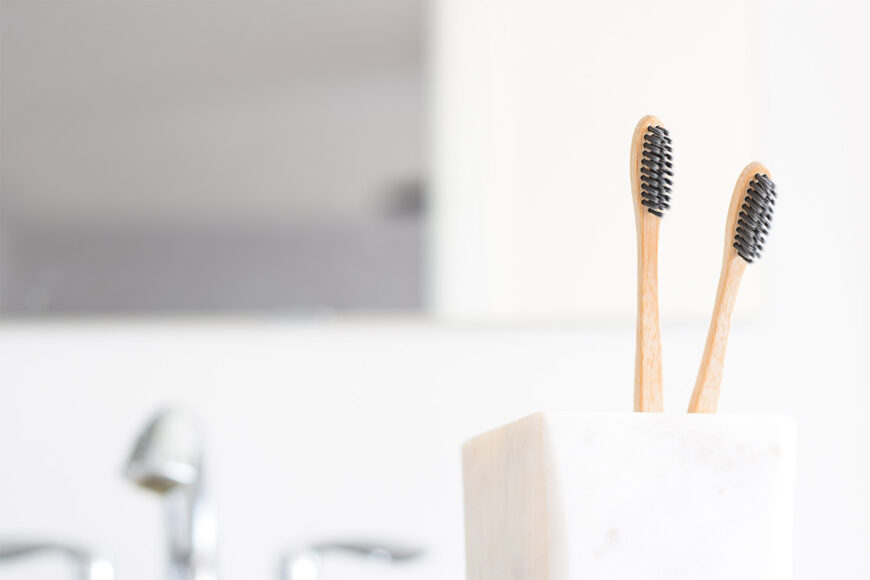Teeth cleaning is part of our daily routine, however, improving our oral hygiene practices is crucial for maintaining healthy teeth and gums. Also as we’ve stated before, the mouth is a gateway to the rest of our body, and a clean mouth ensures a life free of systemic diseases.
Humans have employed various methods to display a clean mouth across cultures and times, from using ashes, feathers, and chewing sticks in ancient civilizations to Ayurvedic oil pulling. Yet, what constitutes the most effective modern-day dental care?
Teeth cleaning: how to do it correctly?
According to the American Dental Association, these key considerations contribute to a clean and healthy mouth:
Firstly, frequency matters in teeth cleaning
Ideally, you should brush after every meal, but twice a day is a practical minimum in the hustle and bustle of modern life.
As the fun motto says: “Brush at night to keep your teeth, brush in the morning to keep your friends.” According to the recommendation, it’s important to use fluoride toothpaste for a correct teeth cleaning.
Duration: Sing your favorite song, (well almost)
The ADA suggests brushing for two minutes, so perhaps you won’t get to the song’s end because it could usually last a bit longer. Taking your time ensures thorough teeth cleaning.
After brushing, rinsing with mouthwash instead of water is discouraged for optimal effectiveness of the fluoride in the paste.
Floss like a boss!
Floss must be your daily ally. It’s been said that brushing cleans only a percentage of the total of the mouth, dental floss helps clean where brushing alone cannot reach. The recommendation is to clean your teeth at least once a day to clean between your teeth. If there’s mobility impairment or any other struggle, interdental tools might be best.
Follow these steps to correctly and safely floss your teeth:

Teeth Cleaning Instructions
You don’t have to brush strongly to remove the plaque from your teeth, do it gently. In general, the American Dental Association suggests:
- Place the toothbrush against the gum line at a 45-degree angle
- Grom above and just below the gingival margin
- Move the toothbrush gently back and forth in short strokes.
- Tilt the brush vertically and make several up-and-down strokes.
This video explains it:
Everything about the toothbrush
- The first brush for mass consumption appeared in 1780. The product prototype was a handle with bristles tied by a wire.
- The brush emoji was released by OS 15.4 on March 13, 2022.
- Soft bristles are your go-to
- Remember to rinse it afterward and change it every four months!
- A brush is a personal device. You must not share it to prevent the exchange of microorganisms and fluids!

Studies have proved that closed storage helps the growth of bacteria even more than having them without protection. Avoid the impulse to protect your brushes with caps. For more certainty, you can disinfect them in an approved manner.
Following this recommendation will give your teeth a three-month life. You can change it earlier if you see bent bristles or are sick.
Remember these are general recommendations; your dentist may tailor these instructions to fit each patient’s needs, prioritizing prevention.
Food to keep your teeth clean
Eating high-fiber foods and fruits assists in keeping your pearly whites. Celery, apple
There are natural ways to achieve this. To avoid cavities, limit the ingestion of sugary beverages and snacks.
To prevent stains, avoid excess alcohol, coffee, and teas, and quit smoking.
Smoking causes teeth yellowing and teeth loss. For several health benefits, consider quitting smoking.
Professional teeth cleaning
Adding a visit to the dentist in your routine. Visiting your dental hygienist or dentist every six months warrants the extra hand for a healthy and clean mouth.
Scheduling a professional dental cleaning service is the opportunity to stay on track.
The dentist is an expert in oral health who will help you treat diseases and disorders. While preventive oral health at home is helpful, visiting your dental care provider is the ideal complement to your routine.
If you want an extra, try a professional in-office teeth whitening and avoid home remedies. If you googled “How to make my teeth white?”, one of the suggestions is a home remedy including lemon and bicarbonate ingredients. Please avoid it! It is an abrasive mix that will hurt your teeth’ enamel.
Remember! Taking care of your oral health at home lessens the need for extensive dental intervention in the future. By adopting these practices and staying proactive about oral care, one can contribute to overall health and well-being.

Hello location and price of whitening
Thanks
Hi! We are located in Plaza Marina Local A-34, three minutes away from Puerto Vallarta Airport. You can check the map here:
https://dentalsolutionsvallarta.com/contact-us
We have a special deal of $5,500 MXN on Zoom Whitening.
what is the cost for complete teeth cleaning
Hi! Please send us a message through WhatsApp for more information: 3223292777
Your tips for proper teeth cleaning are great and handy also. Anyone can apply these small tips in their life in their daily routine. Thank you useful tips. Great blog!